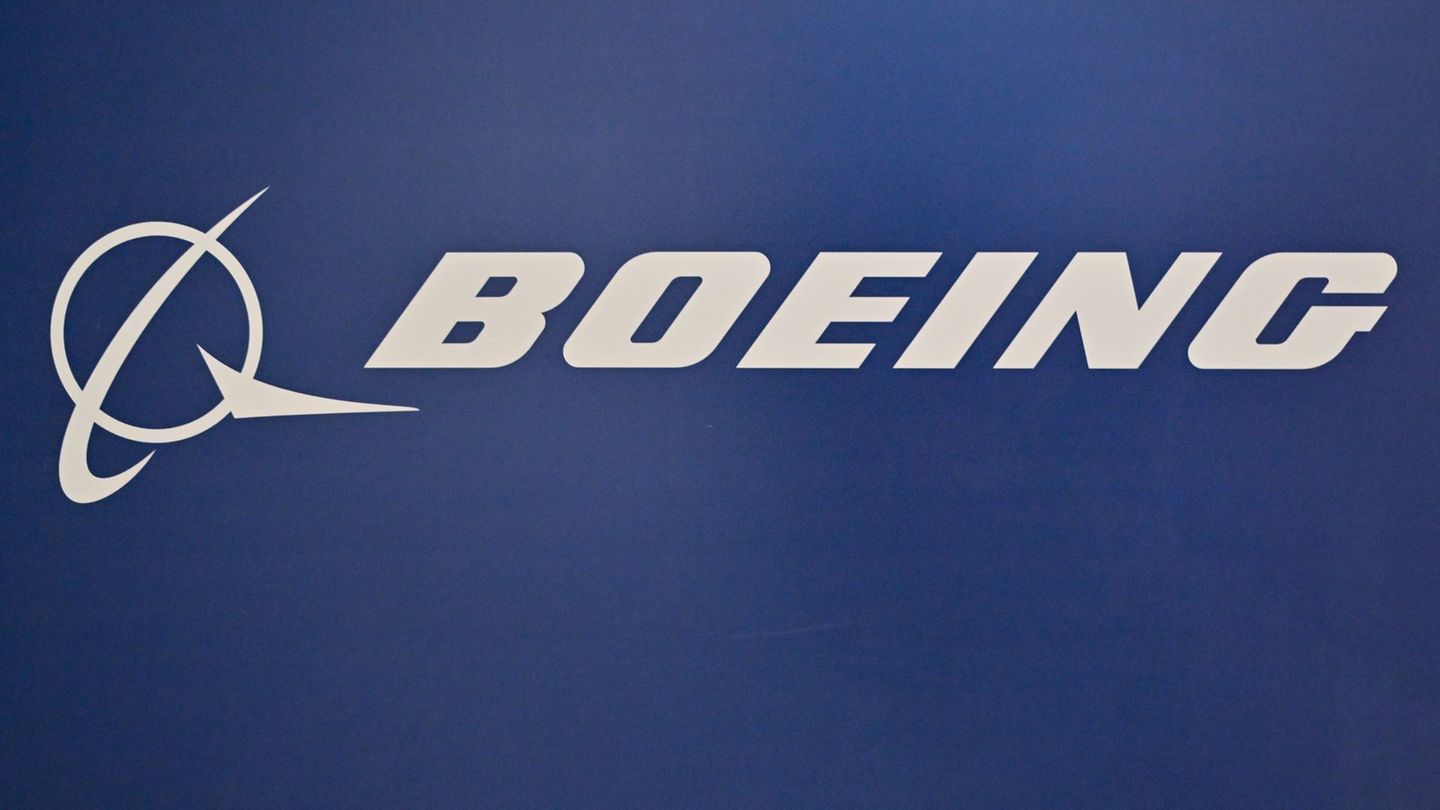The Requiem for Sono Motors was already intoned. But with stamina and several rounds of financing, the Munich start-up pulled itself out of the swamp on its own. The Sion electric car is expected to come onto the market in 2023 and, with innovative solar panels, will even guarantee a certain degree of self-sufficiency from the charging stations.
The two prototypes of the Sion are called salt and pepper. The names have been chosen with care, because the two automobiles stand for the colors white and black. Because the makers of the electric car asked the community what color the production vehicle should be. The decision was 52 to 48 percent in favor of the color black. This basic democracy is part of the concept with which Laurin Hahn and Jona Christians want to take the electric mobility world by storm with their start-up Sono Motors. Because the community of more than 13,000 people who have already ordered the electric car, which will be released in 2023, and other interested parties have an important say in the design of the vehicle.
“This is how we keep the costs manageable, because the Sion will only be available in one version,” explains Sono Motors co-founder Laurin Hahn. As a consequence of the variant minimalism, the Stromer will cost 25,500 euros. The Munich start-up wants to do a lot differently than the established competition. While the many horsepower proliferates with its chic design, this electric vehicle should first and foremost be functional. “The Sion is a car that gets you from A to B”, adds the second CEO Jona Christians, who started the company together with Hahn five years ago.
The Sion prototype, in which we take our first short drive, still looks like a rolling shoebox that offers space for five people and a trunk volume of 650 liters. The technical parameters have already been tied down: the car is 4.47 meters long, the electric motor (comes from Continental / Vitesco) has an output of 120 kW / 163 hp and allows a top speed of 140 km / h as well as unspectacular driving behavior. With a maximum charging power of 75 kW, the energy cells are refilled in less than an hour. The Sion should also act bidirectionally and deliver the electricity to other electric cars or to household appliances via a Schuko socket.
But the real highlight is not just under the cover, it is the cover. This consists largely of 248 solar cells that feed the batteries with solar energy and thus make them at least partially self-sufficient from the charging structure: On an annual average, the Sion should travel 112 kilometers with the power of the sun, with a maximum of 245 kilometers. We were able to observe on a monitor in the car how the sun or even reflected sunlight supplies the batteries with energy, as the photovoltaic cells are attached to the car. This saves painting and complex and expensive pressing tools in production, which in turn contributes to the sales price. It is logical that the production of energy donors is not as high in winter as in summer. Nevertheless, the solar cells still generate electricity in January: when it is covered, it is 28 kilometers per week, 84 kilometers in sunshine and an average of 42 kilometers.
Anyone who thinks of a classic solar panel that can be found on the roof of a house is completely wrong. These modules would be too heavy, too fragile and not suitable for an automobile that also has to successfully complete crash tests. So the flexible panels are made of injection molding with a copper element on the back, where the circuit boards are also located. If they were attached to the front, as is the case with classic solar cells, they would cast a shadow and thus reduce efficiency. It is currently 21 percent. The brain behind this energy juggling is under the front hood and is called the “Maximum Power Point Trailer Control Unit” (MPPTCU). “No one else in the industry has what we have,” says Laurin Hahn. The first heavyweights like MAN are already jumping on the innovation train. The upswing is measurable: the Munich start-up now employs around 200 people and also offers engineering services.
We take a short drive. The Sion acts without any problems, but will certainly not be a cornering artist. Even if the final appearance has not yet been determined, a spacious design should be at the top of the specifications. Even if the Stromer successfully passes all the tests that are necessary for series production, it is not agility but rather practicality that is the decisive reason for buying the BEV. The community wanted a bigger battery, so they get one: Instead of batteries with a capacity of 35 kilowatt hours and a range of 255 kilometers, the series model will have a 54 kWh battery and power up to 305 km / h. Without the energy that comes from the solar cells, of course, the range increases to over 400 kilometers in the best case.
When it comes to production, the start-up then uses the expertise of the old automotive world. The Sion will roll off the assembly line in the former Saab plant in Trollhättan, Sweden, in cooperation with National Electric Vehicle Sweden AB (NEVS), the Swedish-Chinese Saab successor. The start-up’s goals are quite ambitious: a two-shift operation is planned that will produce 43,000 vehicles per year. Around 257,000 Sion are expected to leave the plant over the course of seven years. The skiers from Munich do not want to be satisfied with that: The facelift of the Sion is already being planned and the makers of Sono Motors are also considering another model in the C-segment.
I am Pierce Boyd, a driven and ambitious professional working in the news industry. I have been writing for 24 Hours Worlds for over five years, specializing in sports section coverage. During my tenure at the publication, I have built an impressive portfolio of articles that has earned me a reputation as an experienced journalist and content creator.



